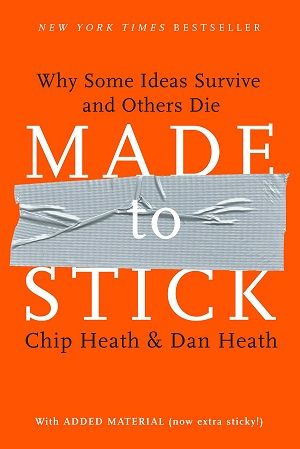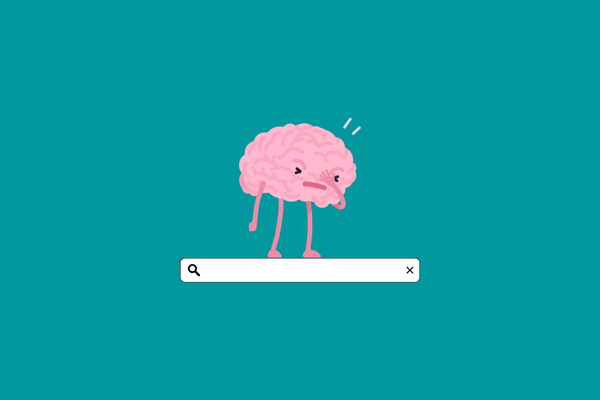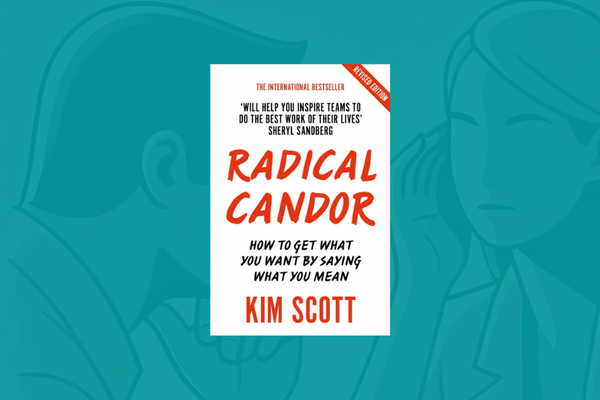Made To Stick by Chip & Dan Heath: Summary
Made to Stick is a book about transforming ideas into simple stories that inspire people to act. The authors analyzed the most famous urban legends, the best advertisements, and a fair amount of research to come up with the SUCCES framework of good stories.
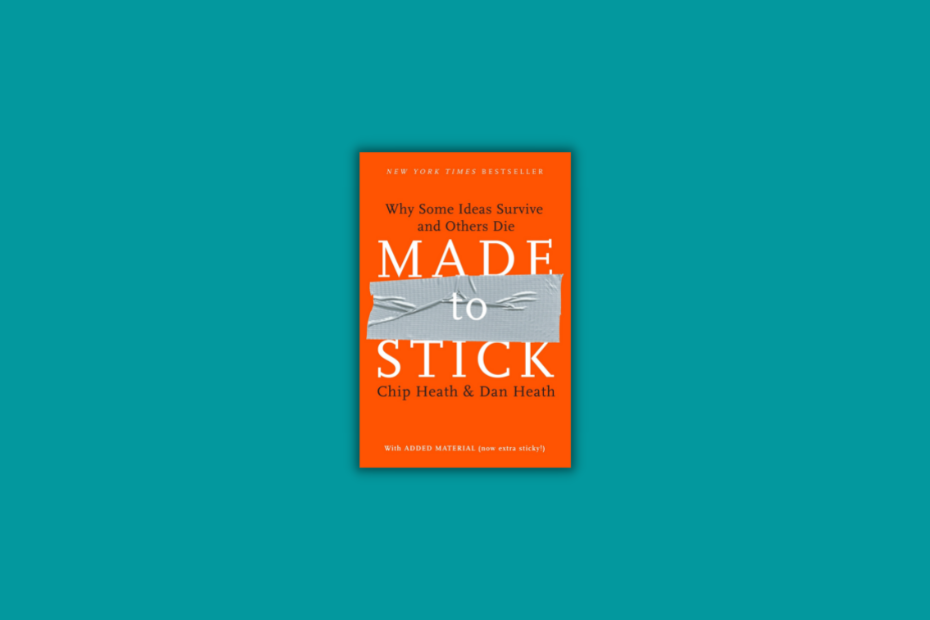
I am good at researching stuff, and coming up with conclusions but using these learnings to impact any decision whether that be in marketing or in life is not my strongest point.
As Chip & Dan Heath, the authors of Made to Stick explain, we are spending a significant amount of time getting the Answer, but compared to that we nearly don’t even think about how to present the outcome.
If we want to have an impact through what we do then both should be equally important.
Made to stick is an easy and interesting read on how to tell better stories. We got the characteristics of the best stories and a simple framework (or checklist) to construct our own compelling stories.
The authors introduce the SUCCES framework of good stories.
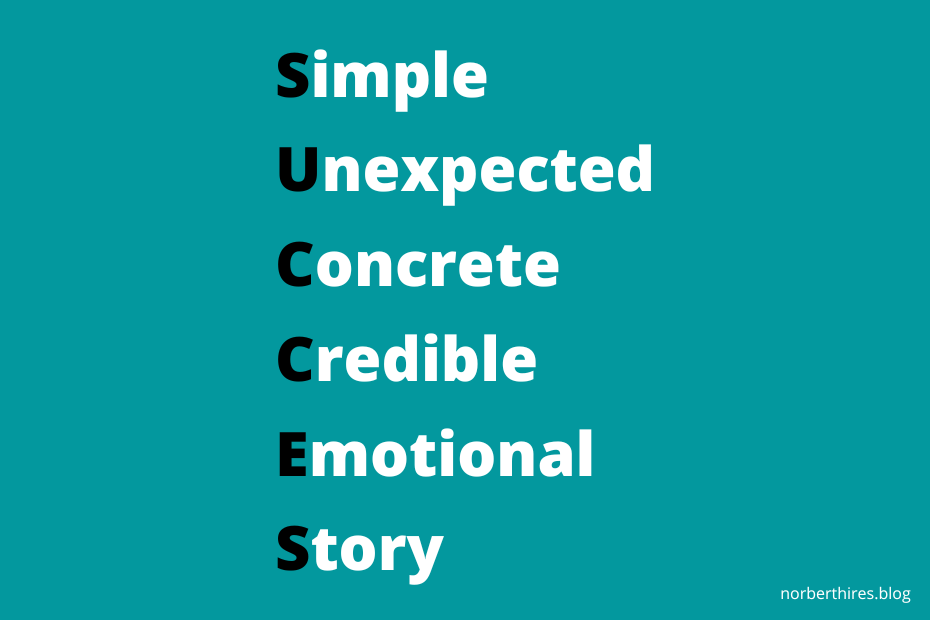
Based on the framework a story should be:
- Simple
- Unexpected
- Concrete
- Credible
- Emotional
- Story
In this review of Made to Stick, we dive into the details of this story framework. If you would like to avoid spoilers and have the possibly best reading experience, then this is the place to stop.
1. Simple stories
- One-sentence statement: The best stories can be summarized in one sentence. This makes them simple, it ensures it focuses on what matters, and also it makes them easy to remember.
- Shorter stories are better stories: Don’t start a story with what you had for breakfast on the day when a bear attacked you. Start with the moment when you caught sight of the bear. Removing unnecessary parts of the story makes it better.
- Write headline as a war reporter: Going against the mainstream clickbaity titles you should strive to include “the core idea” of the story in the headline instead of burying it. The authors suggest writing like a war reporter whose line of connection can be cut at any time.
- Link your story to existing concepts: Connecting the new idea to an existing visual image in our head helps us remember better. For example, we can say that pomelo is a supersized grapefruit. It is not 100% accurate but helps to construct a mental image of polo, which is good enough.
- High-concept pitches: Getting advantage and connecting to existing images works in Hollywood as well. Speed was “Die Hard on a bus.” 13 Going on 30 was “Big for girls.” Alien was “Jaws on a spaceship.”
- Have one core message: Bill Clinton had several important topics to talk about during his campaign. But when his opponents started to talk about one of his main topics, his advisors advised him to drop the topic: “There has to be message triage. If you say three things, you don’t say anything.”
2. Unexpected stories
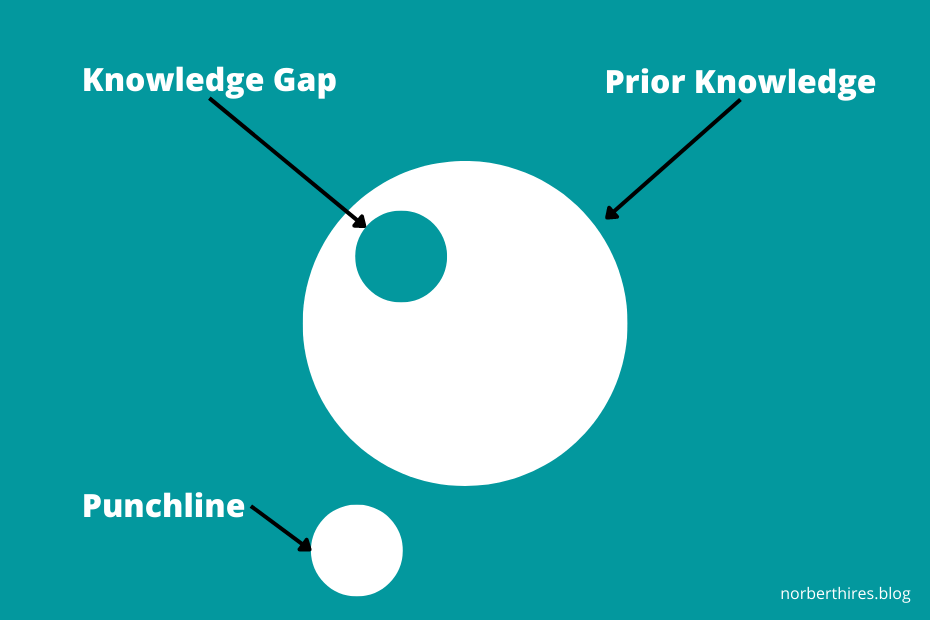
- Break a pattern: Humans adapt to familiar conditions quickly. They get bored by similar stories. Breaking a pattern, and adding something unexpected to your story helps to grab attention.
- The best stories have unexpected elements: The most popular urban legends and conspiracies contain something not-ordinary. This is why the assassination (JFK) or young death of a famous person (Marilyn Monroe, Elvis, and Kurt Cobaincreates) has so many conspiracy theories.
- Fill gaps in knowledge with stories: We find mystery stories utterly interesting because they create a gap in our knowledge we want to fill. Good stories are working the same way. Present your story with gaps to induce curiosity and satisfy the need to fill the gaps later.
- Educate to create gaps: What if the audience isn’t knowledgeable enough about a topic to introduce knowledge gaps (when everything is a gap in knowledge for them)? You have to give some context, and educate them first.
3. Concrete stories
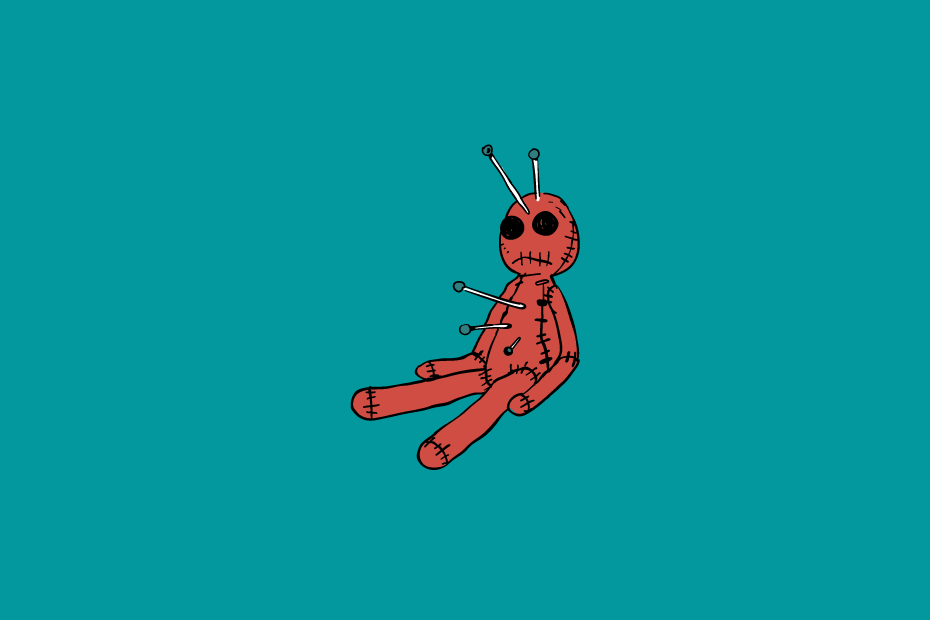
- Sticky ideas have concrete images: Good stories contain some easy-to-visualize elements. An urban legend when an attractive woman seduces victims in a bar, bringing them to her hotel room, drugs them, and removing their kidneys has one horribly vivid picture: the victim wakes up and sees tubes coming out of him.
- Stay close to the problem: The Curse of Knowledge prevents us to think with the head of a non-expert and it prevents us to tell interesting stories to non-expert audiences. Focusing on the problem rather than the details helps to bridge the gap between the expert and the audience.
- Concreteness helps get things done: When Kennedy declared that the USA would put a man on the moon until the end of the decade he gave a concrete vision that could drive the whole nation. A mission like aspiring to be “the leading power in aerospace research and development” would have much less impact.
- Concreteness helps focus: With an exercise, the authors of Made to Stick point out the power of concreteness when it comes to focusing. First, write down as many white things as you can. When you are out of ideas, take a short break and write down every white thing you have in your refrigerator. Sometimes you can collect more items with the second method, but it is sure that this exercise feels easier when you have a focus.
- Easy to embrace, hard to master: It is easy to agree on the importance of concreteness but it is much harder to actually master it.
4. Credible stories

- The two types of authority: When it comes to individual credibility we listen to experts and celebrities. Experts have credibility because of their credentials and work in the field, while we listen to celebrities because we want to be like them.
- Details establish credibility: The storyteller's knowledge of details is often a good sign of credibility. A history nerd reciting dates of battles probably knows his stuff.
- Statistics alone do not provide credibility: And we shouldn’t strive for that. When accessing numbers we rely on our logical thinking, while listening to stories we let emotions sink in as well. We should use statistics to paint relationships between ideas.
- Absurdity and humor help stories: Our convictions are often irrational and established by fear. To combat one type of emotion we can use another one. For example, we know that deer kill more people than sharks based on statistics. It is so absurd that it is funny. And funny can beat fear.
- Sinatra Test: Use past credentials to establish authority. In “New York, New York,” Frank Sinatra sings: “If I can make it there, I’ll make it anywhere.”. And it is true, or at least it conveniences others.
5. Emotional stories

- Not to manipulate, but to make people care: The authors suggest to Infuse emotions into stories not to manipulate others, but to make them care and make them inspired to act.
- Focus on the individual, not the mass: "Research shows that people are more likely to make a charitable gift to a single needy individual than to an entire impoverished region."
- Words carry meaning and that meaning can change: Einstein protested against the use of relativity with the following: “Philosophers play with the word, like a child with a doll…. It does not mean that everything in life is relative.” When more people start to use a word that can understand its meaning, it often changes the meaning of the word.
- Visualization helps to convince: Visualising yourself doing something makes you more likely to engage in action. In a study, researchers asked a group of homeowners to imagine themself watching TV in their homes. When later a company started to sell cable TV services homeowners who visualized were +27% more likely to pay for TV than the rest of the neighborhood.
- Talking about past events is more helpful than visualization: Stories about fires in the past are much more helpful for firefighters than visualizing future fires. It is concrete, they can immerse themself in the experience and prepare for future cases by learning from the past.
- Stories are mental visualizations: A good story is a visualization of the past with all of its advantages.
6. Stories
- Spotting stories is easier than creating stories: The world will always produce better stories than us, so spotting stories are superior to creating stories. It is strange how most of the storytelling books came to the same realization. We read about the power of spotting our own stories in Storyworthy as well.
- Story templates: Analysing thousands of stories, the authors observed three major themes where most of the great stories can fit in: Challange Pot, Connection Pot, and Creativity Pot.
- Challenge Pot: It is the type of story you hear and feel immediately inspired to act. Like the story of a lady emigrating to the USA, opening his own company, working through her life, and postponing his 100th birthday party because she still hones her craft.
- Connection Pot: Connection pots are stories that act as bridges to close a gap between groups of people, whether that be national, racial, or other.
- Creativity Pot: A creative plot is a story in which someone finds an unexpected solution to a big problem. I like spy stories because of the unexpected resourcefulness of the protagonist.
- Delete a narrative by creating a stronger narrative: Okey, now we got how to create a sticky idea, but what if we are interested in unsticking an idea? Making people forget about a narrative? The best solution is to spread a stickier idea. There was a long-time rumor that McDonald put worms into its burgers. Instead of fighting the claim, the then CEO signaled a stronger message: “We couldn’t afford to grind worms into meat. Hamburger costs a dollar and a half a pound, and night crawlers cost six dollars!”
Best Quotes from Made to Stick
"There is a curious disconnect between the amount of time we invest in training people how to arrive at the Answer and the amount of time we invest in training them how to Tell Others."
“A designer knows he has achieved perfection not when there is nothing left to add, but when there is nothing left to take away.” - Antoine de Saint-Exupéry
"Mother Teresa once said, “If I look at the mass, I will never act. If I look at the one, I will.”
"When it comes to statistics, our best advice is to use them as input, not output. Use them to make up your mind on an issue. Don’t make up your mind and then go looking for the numbers to support yourself—that’s asking for temptation and trouble."
“Stories are like flight simulators for the brain."
